It is many people’s idea of hell – running through treacherous terrain over mountains for days and nights in often hostile weather conditions – but more and more Irish people are signing up for the toughest extreme races, to escape their desk-bound jobs, and push past their pain barriers and comfort zones.
Ultra marathon trail running has been an increasing trend in Ireland and around the world in recent years. An ultra marathon is defined as any run longer than a standard marathon of 42km.
This year, the highest number of Irish people yet have applied to take part in the Ultra-Trail du Mont Blanc (UTMB), one of the hardest, most prestigious and popular races worldwide. A total of 135 Irish runners applied (up from 22 in 2012), and 53 were accepted to take part in the four ultra races, which begin on August 26th.
Fifteen will take part in the event's star race, the 171km gruelling circular trail through three countries, from the alpine town of Chamonix in France, into Italy, through Switzerland and finishing back at the starting point. The race, which attracts the world's best ultra runners, reaches an altitude of about 2,500m, and snakes around the giant of the Alps, the Mont Blanc. The route normally takes between seven and 10 days to hike, but it will take the fastest runners less than one day – last year's winner completed the trail in 20 hours and 45 minutes.
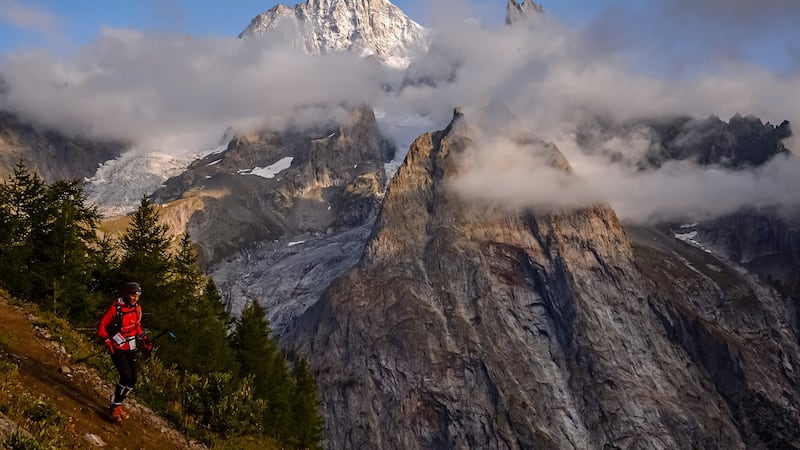
Runners face unpredictable and often volatile weather conditions of snow, hail, fog, violent winds or downpours. Temperatures can drop as low as -10 degrees and rise to more than 30 degrees. Despite the breathtaking scenery that will surround all runners, they know this race is going to hurt. Overall last year, about one-third didn’t finish. People withdraw for broken ribs or collar bones after falls, hypothermia, heat exhaustion, digestive problems, or twisted ankles. The favourite to win last year had to withdraw after an allergic reaction to a bee sting.
First time
It will be Claire Morrissey’s first time competing in the UTMB. One of the few Irish women registered, Morrissey, who is from Co Galway and lives in Dublin, is cautious about the challenges that lie ahead on the run that will take her across seven valleys and numerous glaciers, with a cut-off point of 46.5 hours to finish.
“I know I can run 171km, but can I do it with 10,000m of ascent? That’s greater than Everest in terms of how much uphill your doing,” she says. Morrissey has run up to 250km in staged ultra runs, but says this race will be different as it is continuous. “I’ll have two nights of running and will be in new territory. Each and every checkpoint will be an accomplishment, and I have to break it down that way.”
Morrissey, who is a partner at a law firm, says she loves trail running for the adventure, being outdoors and the people she meets along the way.
"It's a sharp contrast to my normal life in terms of work . . . the simplicity of getting from A to B within a certain amount of time." She is inspired by runners like Jasmin Paris, the first woman to win the 431km (268 mile) Montane Spine race earlier this year, smashing the men's record by completing the race in 83 hours. The British runner also made headlines for a photograph that went viral of her breastfeeding her baby and expressing milk at checkpoints during the gruelling race.
Cork man Richard Nunan (49), who has been running ultra marathons for the last 10 years and is secretary of Irish Mountain Running Association (IMRA), says although ultra running is a small community in Ireland, over the last four years there has been a big increase.
"We've gone past the marathon mid-life crisis and moved onto the ultra mid-life crisis," he laughs. "The ultra races are getting longer, and there's more of them across Europe. Even in Ireland we have six or seven good ultras and it's increasing."
"Wicklow Way Race is a 127km route, and when it came up as a concept in 2015 to do it as a race, nobody thought people would do it. But in 2016, we'd 48 people turning up, and this year 100; it's doubled in three years."
Nunan, who lives in Co Kildare, has done the 171km UTMB race and survived the "hardcore" 300km team race last year. This year he will run the TDS "wild alternative" 145km race. He says Irish people are at a disadvantage not being able to train at the higher altitudes, but there are still plenty of challenging mountain ranges to train on. "The attraction to ultra trail running is pushing beyond the comfort boundary, a step into the unknown," he says.
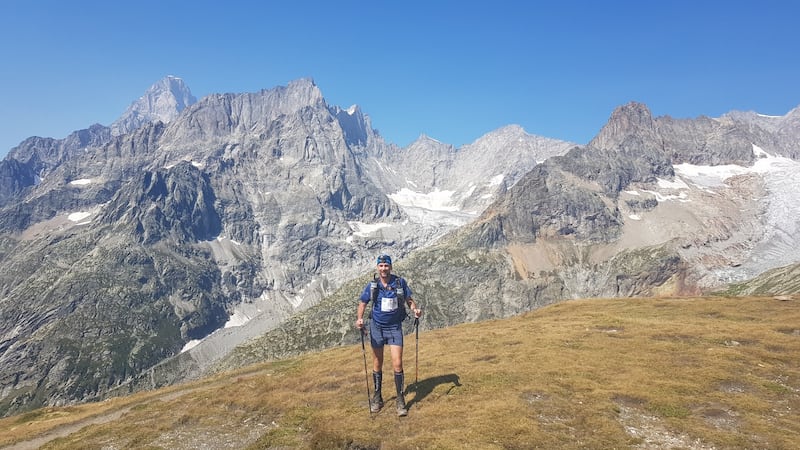
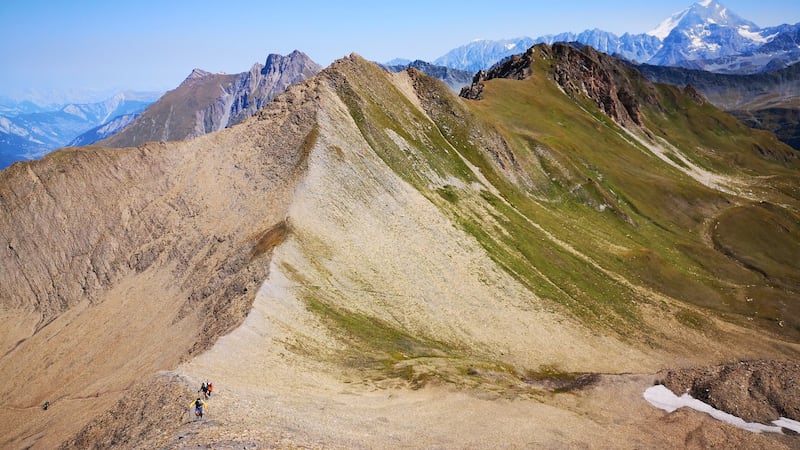
Nunan, who is a chief executive at an IT company and married with three children, says he has made training and fitness part of his life rather than trying to fit it in.
“I don’t watch TV too much. I don’t train before work . . . I often run home after work (19km) and that’s my running done, or I cycle. It’s making a plan and a conscious decision to do that,” he says.
“It’s not a case of fitting in training, it’s more I don’t do other things. I’m up early on a Saturday for a run with the lads, and I’m home by the time my girls get out of bed at 10am scratching their heads. I love the training, scenery, being outdoors. It’s a way of life.”
Nunan doesn’t think people need to be superhuman to run extreme races, but do need a sense of adventure. A desire to step outside your comfort zone is a start.
“If you don’t have the mental strength you’ll just want to sit down on the ground and cry during the race . . . but you can build both mental and physical strength up,” he says.
Nunan has been lucky with a lack of injuries, but has suffered hallucinations during ultra races. “Yeah, you go mad. It’s the sleep deprivation in long races. It’s mental over physical,” he says. But it’s all worth it to reach the end.
“The atmosphere there is incredible. The finish is something you’ll never forget.”
‘Petrified’
Paddy O'Leary (31) is from Wexford and works in cancer biology research at the University of California in San Francisco. This will be his first time running more than 120km in the 171km UTMB race.
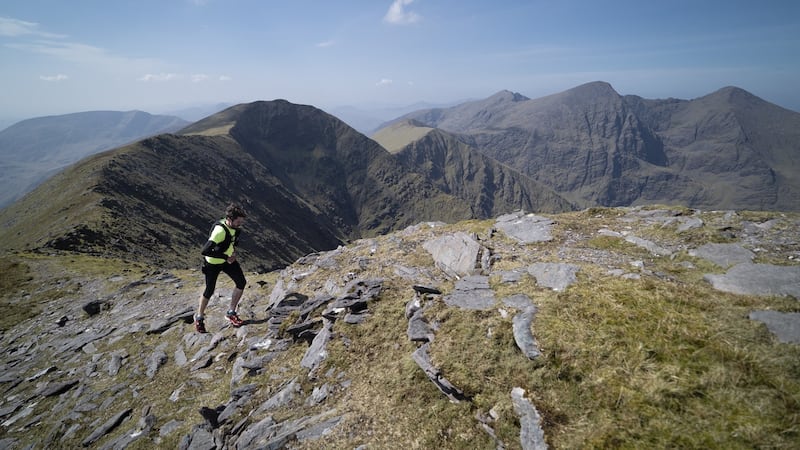

“I’m excited for it, then petrified, then back to excitement again,” he says. He has realised an important part of ultra running is allowing your body time to recover. “I hike a lot, I don’t feel antsy missing a day of running. I love rock climbing, and I’ll sit on the couch too,” he says. He has also started doing weights to strengthen his joints.
“I fall a lot; I only fall on flat ground because that’s when I switch off. But I love trail running, the sense of accomplishment and fulfilment. This race is one of consumption rather than race of running. You have to keep your calories going in to keep going or you’ll run out of fuel.”
Nicola Duncan (37), from Galway city and living in Edinburgh where she works as an actuary, is also doing her first UTMB race at 56km. She hopes to tackle the 171km run in two years. She recently ran 170km along the Wicklow Way over three days. "My longest day was 11 hours. I stopped to get ice cream and take photos. It was great," she says.
“I used to get a lot of injuries, stress fractures, doing road marathon running because it is not kind to the body. I find trail running so much kinder. I’ve not got much injuries doing this, a few cuts and bruises. I did fall before and cracked three ribs, but was still able to keep running.
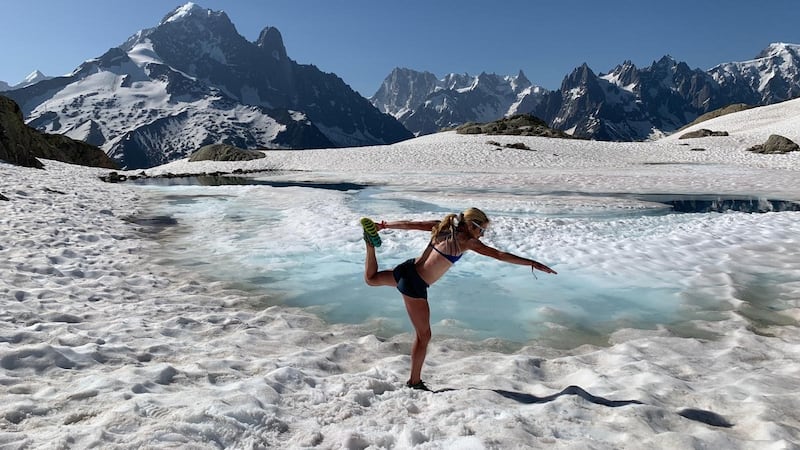
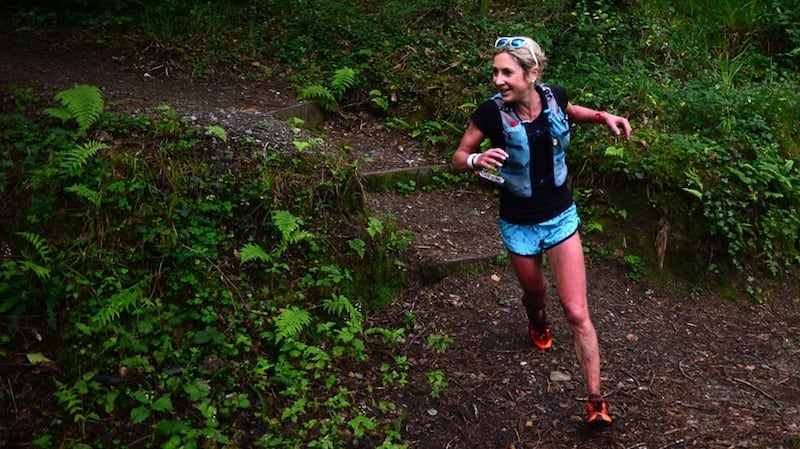
“I’m a small build. Some of my friends call me a mountain goat, because I’m quick up the hills. This suits me too because I like to face challenges. Just because you get older you can’t stop pushing yourself,” she says.
Duncan gets up at 5am to get training done before she starts work. Is it madness to take on ultra running?
“My family think I’m absolutely cracked. My boyfriend doesn’t understand it at all,” she laughs. “But I feel amazing and recharged after.”
No stranger to the UTMB and breaking ultra running records, Eoin Keith will return to the 171km race this year, and has his eye on a podium spot.
Keith (50), who works in the IT department in the Royal College of Surgeons in Dublin, says it’ll be his seventh time taking part.
“I finished my first three attempts, but have followed up with three failed attempts,” he says.
“Last year running very fast down a big steep downhill, I tripped on a tree root and crashed to the ground. After a while I figured out I had broken a rib, the problem wasn’t with the pain but that it has a big effect on breathing, which slowed me right down, and also took all the fun and enjoyment out of things.”
Keith says ultra running has transformed his life since he began almost 20 years ago.
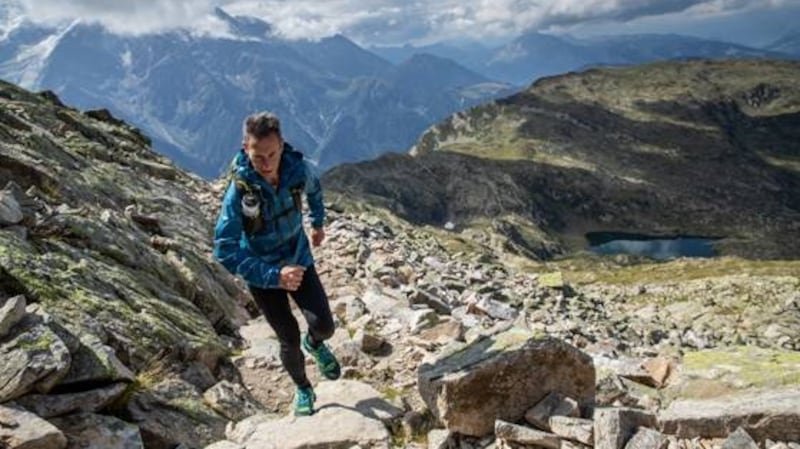
“There are so many good things that ultra running has given me that I could be all day listing them. Spending large amounts of time outdoors, getting into the hills, getting fitter and faster – and I met my wife through running. Overall it has transformed my lifestyle, so I’m leading a life that makes me happy.”
Major concerns
The oldest runner registered is in the 56km UTMB race is 79 years old.
Prof Niall Moyna, head of the School of Health and Human Performance at Dublin City University, says he would have major concerns about the long term impacts on the body from ultra marathon running.
“Any form of exercise is healthy, but there is a law of diminishing returns,” he says.
“There is now evidence – particularly as you get older – that [ultra endurance events] can cause some damage to the heart. This should be temporary, it can come back to normal over time, but it causes a little bit of scarring and fibrosis, and that can result in abnormal arrhythmia of the heart.”
The volume of fluids consumed can also be problematic. “You can drink so much that you dilute the sodium in the body and you develop something call hyponatremia, and that can result in seizure and death. It has been reported at these ultra endurance events. They are not without risk . . . I would not be a strong advocate of them.”
Prof Moyna says if people want to be healthy, short runs, walking and strength training are ideal.
“I’d rather see people regularly running 5km and 10km . . . the 5km is phenomenal and fantastic for health.”
For those who want to test themselves, a triathlon with a swim, cycle and run – “all over within two hours” – is “perfect”, he says. “You’re getting to use different muscle groups. But once you go beyond that, as a exercise physiologist, I would have reservations.”
Prof Moyna says the long-term health impact for ultra marathon runners who take part in races regularly and don’t recover appropriately afterwards is not yet known.
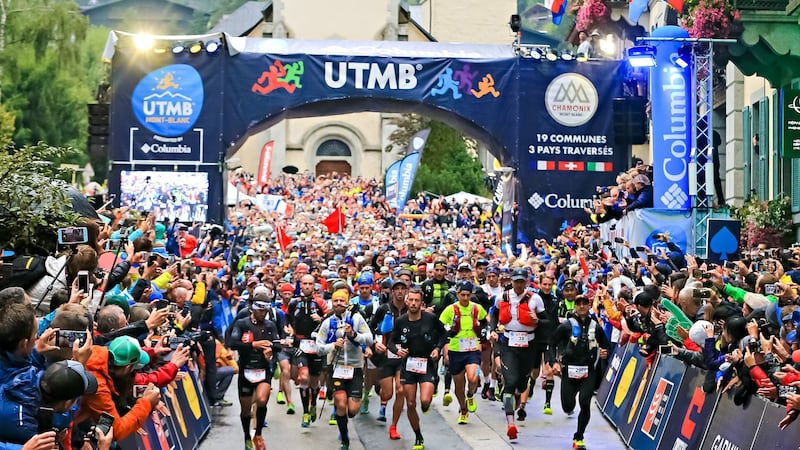
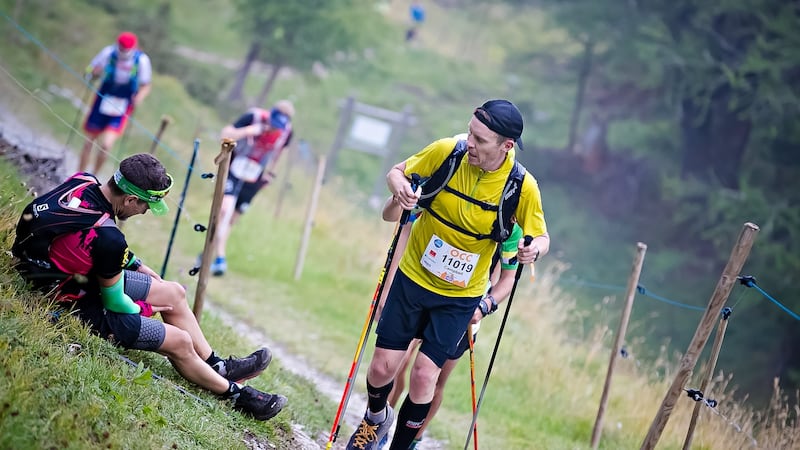
“It’s not without its problems, and people need to be aware of that. Obviously it’s a relatively new phenomenon and the data is only starting to accumulate,” he says.
At the UTMB next week, 150 first aiders, 65 nurses and 35 doctors will be standing by, as well as a private helicopter - just in case.










